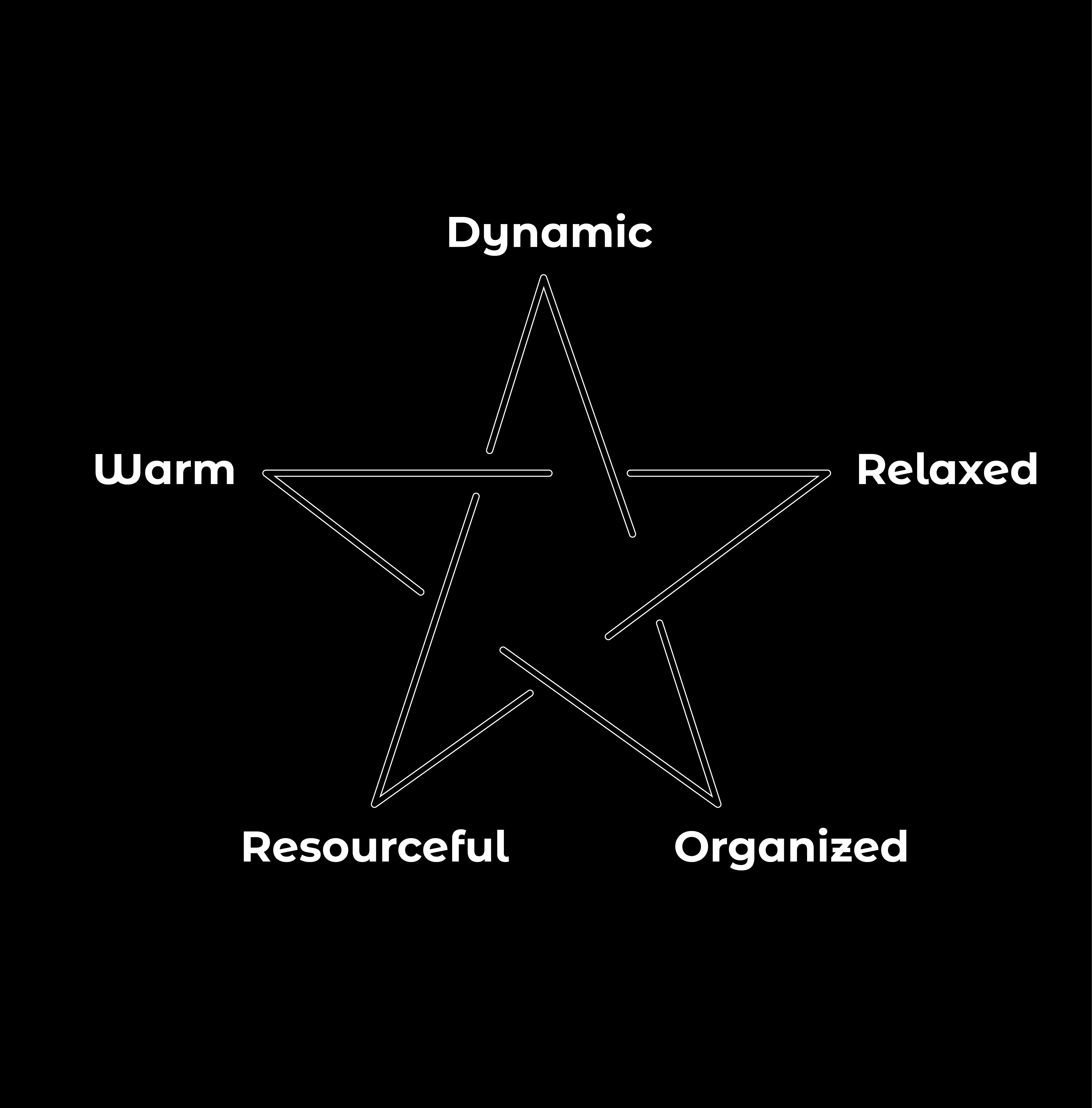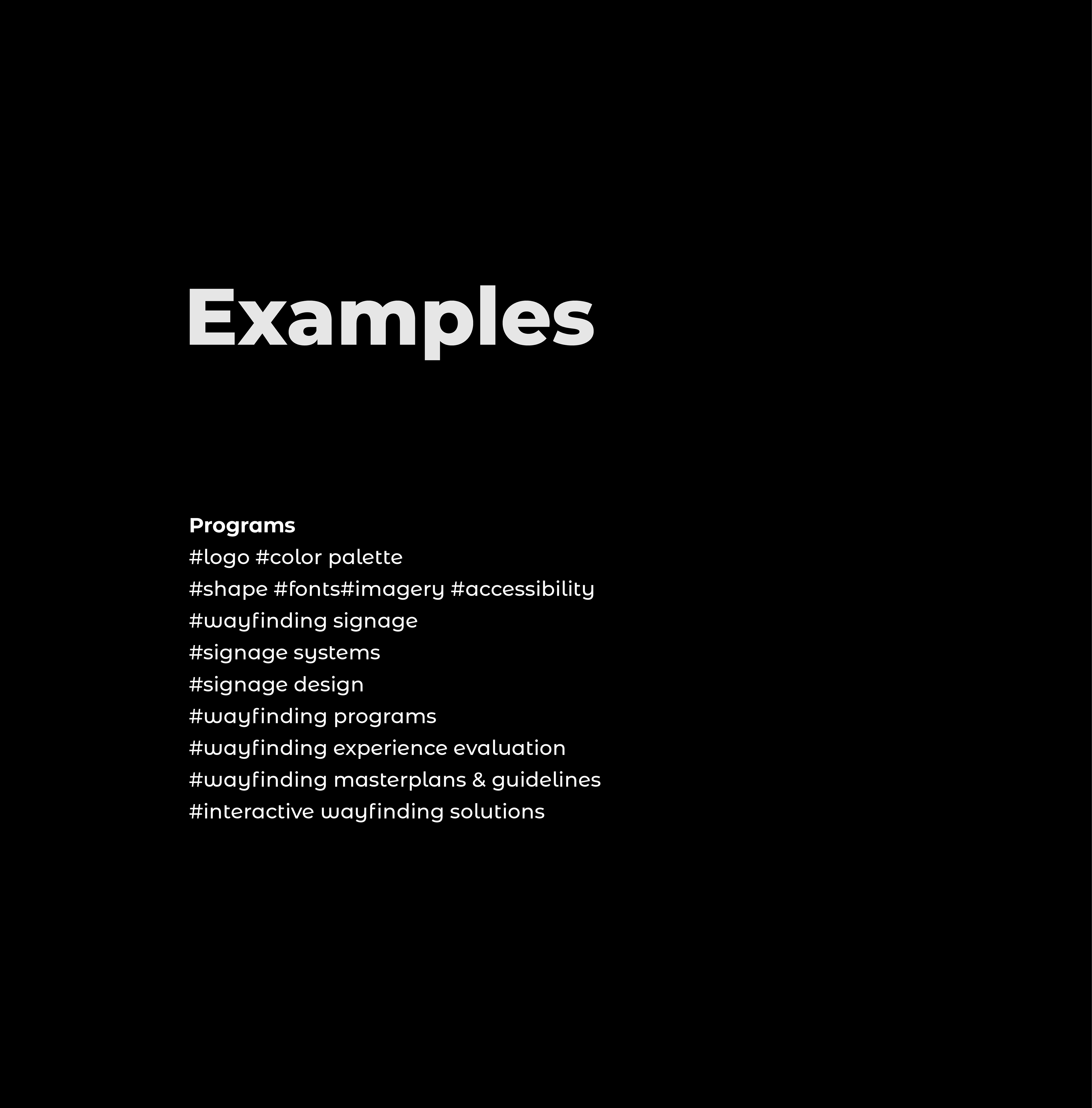





Plan B refers to an alternative strategy or course of action to be executed in case the original one fails to deliver the desired results or becomes impractical.
In the communication design module, our objective was to develop the complete visual graphic system for Plan B. The concept of the name Plan B is rooted in the idea that individuals always have the choice to opt for an alternative plan or a backup plan. The logo design for Plan B was derived from the grid and scaling of the module and the name typology, which further reinforced this idea. Our goal was to create a visual system that not only reflected the concept of Plan B but also conveyed a sense of adaptability, flexibility, and resilience. Through a well-designed visual identity, we strived to communicate the essence of Plan B and its significance in achieving success in a rapidly changing and unpredictable environment.
In Plan B, the monument serves a crucial purpose beyond being a mere structure or signal. It has become an important symbol for a social group to remember their cultural heritage and historical times, especially in light of the current flooding in Los Angeles. The significance of a monument lies in its ability to reflect its artistic, historical, political, technical, or architectural importance, which can make it a powerful tool for conveying messages and ideas. Early examples of monuments include dolmens, which were megalithic constructions built for religious or funerary purposes.
Monument DESIGN
In Plan B, the monument serves a crucial purpose beyond being a mere structure or signal. It has become an important symbol for a social group to remember their cultural heritage and historical times, especially in light of the current flooding in Los Angeles. The significance of a monument lies in its ability to reflect its artistic, historical, political, technical, or architectural importance, which can make it a powerful tool for conveying messages and ideas. Early examples of monuments include dolmens or menhirs, which were megalithic constructions built for religious or funerary purposes.